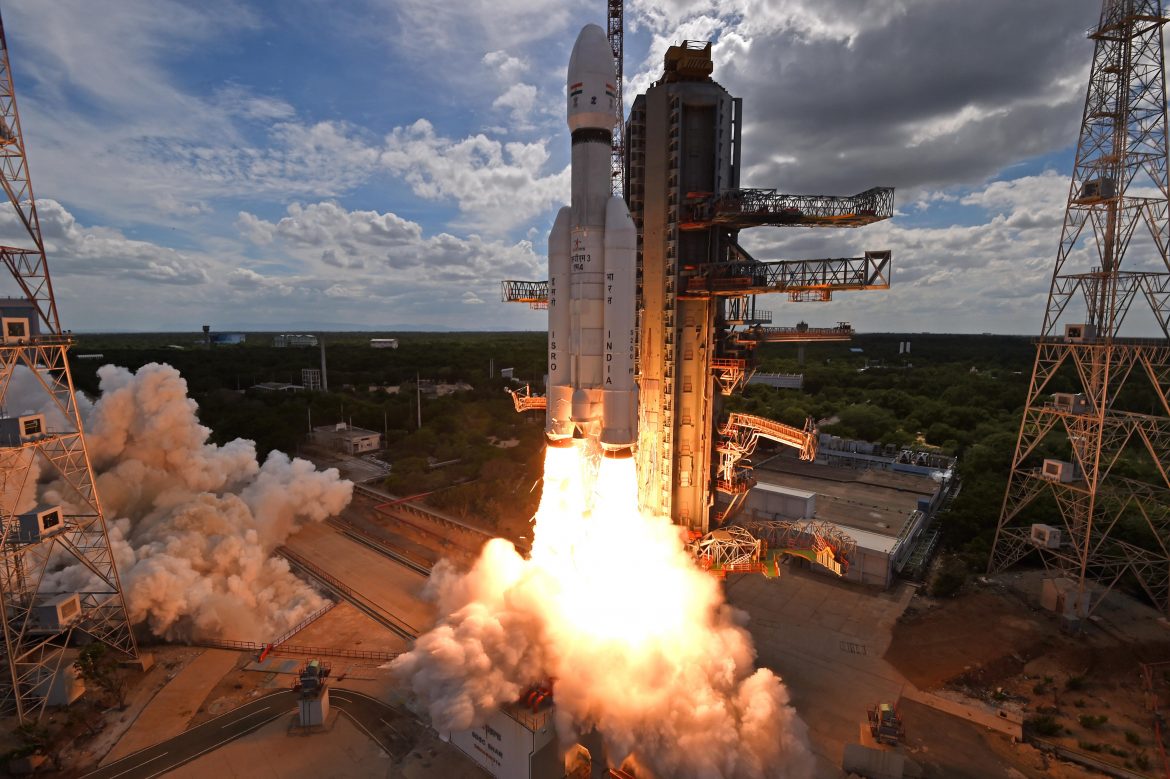Humanity’s fascination with the moon predates the historic achievement of astronauts Neil Armstrong and Buzz Aldrin setting foot upon its surface.
Myths, legends and folklore about Earth’s celestial companion have captivated the imagination of humans for many centuries. In Greek mythology, Selene, the goddess of the moon, in her radiant chariot traversed the night sky, illuminating the world with her ethereal glow. Similarly, in Norse mythology, the moon was thought to be guided by the god Mani, who rode across the heavens, chased by a wolf. The Japanese legend of the “Jade Rabbit” tells the story of a rabbit living on the moon, crafting rice cakes and pounding the elixir of immortality. In Indian folklore, the moon is celebrated as an important timekeeper. The lunar calendar, known as the “Tithi,” is followed even today for scheduling auspicious agricultural activities, festivals, and rituals.
These legends, among many others from cultures around the world, serve as a testament to the enduring mystique of the moon throughout history. But what has materialised the lofty human imagination into reality are mere pieces of fabric and metal with cryptic symbols and shapes, firmly planted on the surface of the moon. These flags and symbols transcend their physical forms to become powerful representations of the aspirations and dreams of entire nations.
“Madhavan, what evidence are you going to show before the world that we reached the Moon?” APJ Abdul Kalam asked G Madhavan Nair, the chairman of ISRO (2003-2009), before the launch of Chandrayaan-1 in 2008. It was this seemingly simple question that heralded India’s entry into the elite club of the countries that have planted their national flag on the surface moon.
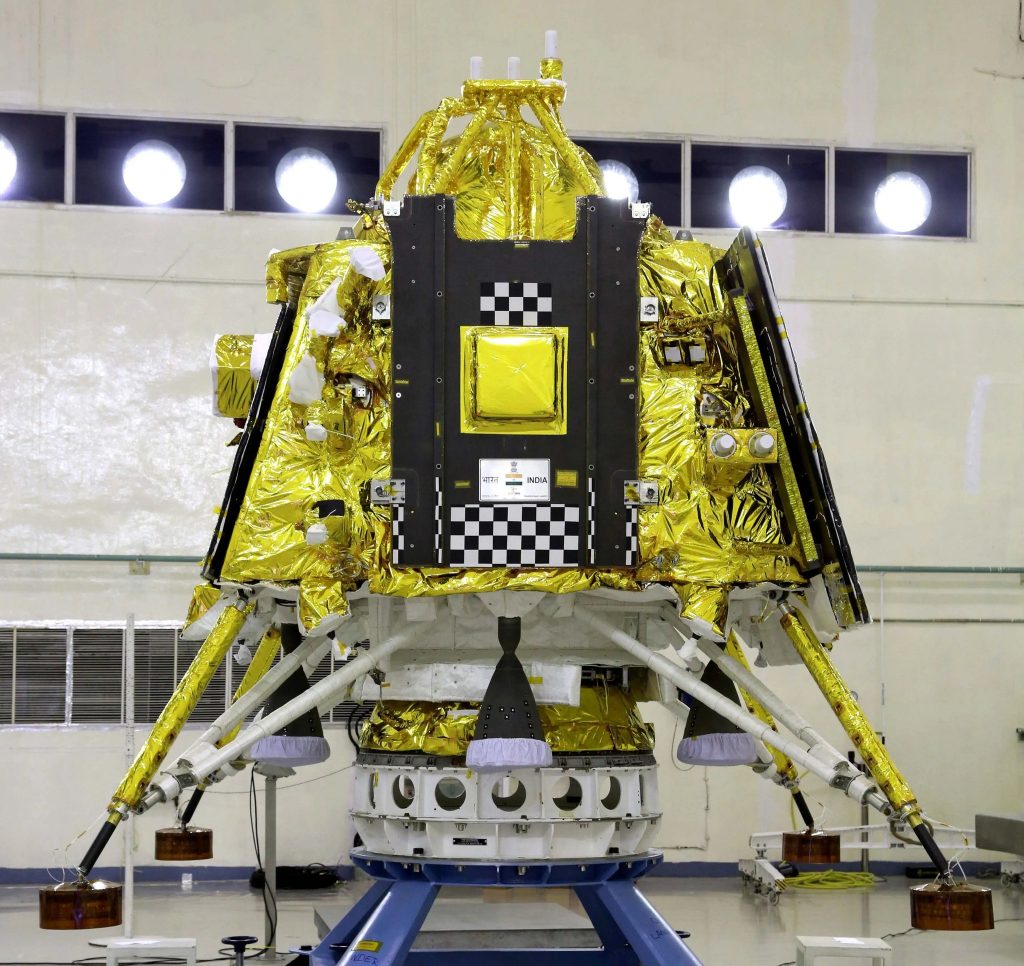
I say “seemingly simple” because historically, when has anything about planting a flag on uncharted territory ever been simple? And this is the Moon we’re talking about. While India is celebrating the historic success of its Chandrayaan-3 mission, the nation is not relying on the Tiranga to mark this victory.
There has been much speculation about the fate of these flags that have been triumphantly planted on the moon, captured on film, and then left behind defenceless against UV radiations, micrometeors, and challenging temperatures. India has taken a creative route with the Pragyan Rover. Embossing the rear wheels of the rover with the national emblem of India – the Lion Capital of Ashoka at Sarnath and ISRO’s logo, India wants to imprint its passage to scientific glory on the lunar space.
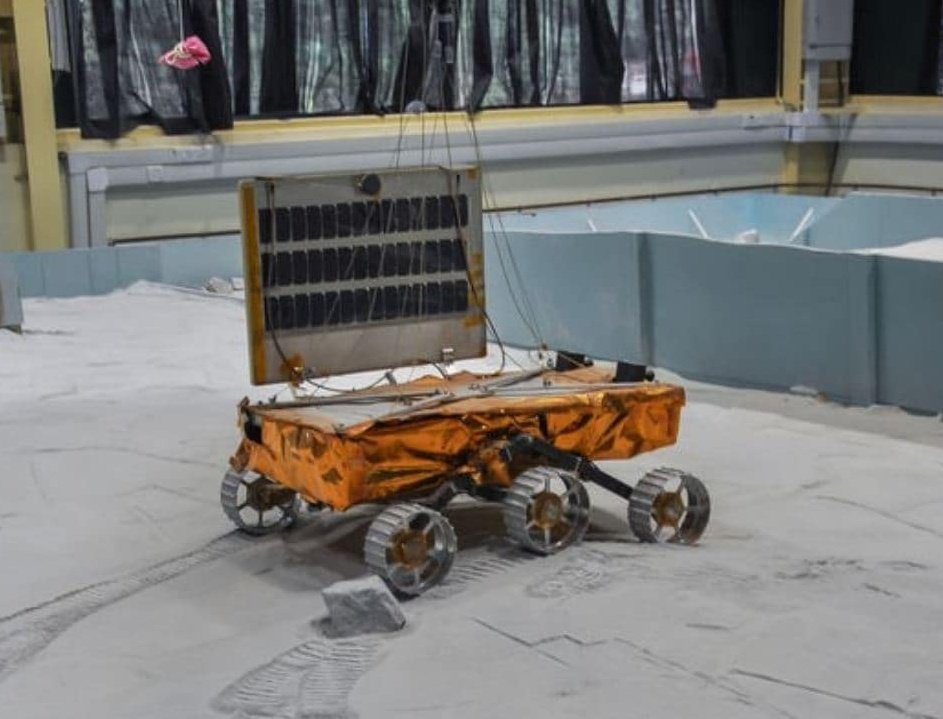
It is believed that due to the combined effect of lower atmospheric pressure and stronger gravitational force, the imprints could remain intact for a long time to come, in the absence of any external interference. But the latest findings have revealed a unique aspect of the surface of the moon that has left scientists positively curious.
On 23 August 2023, from 5:44 pm IST to 6:03 pm IST, all eyes were fixed on their screens. What the world witnessed in those nineteen minutes was going to become the front-page headline of all the leading newspapers and publications around the world, and it would read: “INDIA is on the Moon!” While India was on the moon, Indians were over the moon. It’s not just a matter of semantics but a matter of great reflection. As the Vikram Lander initiated a four-stage descent that involved rough braking, altitude-hold, fine braking, and terminal descent, finally touching the lunar surface at 6:03 pm, Indians jumped out of their armchairs to celebrate this monumental achievement, reaching not just the moon’s surface but also new scientific heights. India had become the fourth country after the erstwhile Soviet Union, the US, and China to successfully soft-land on the moon.
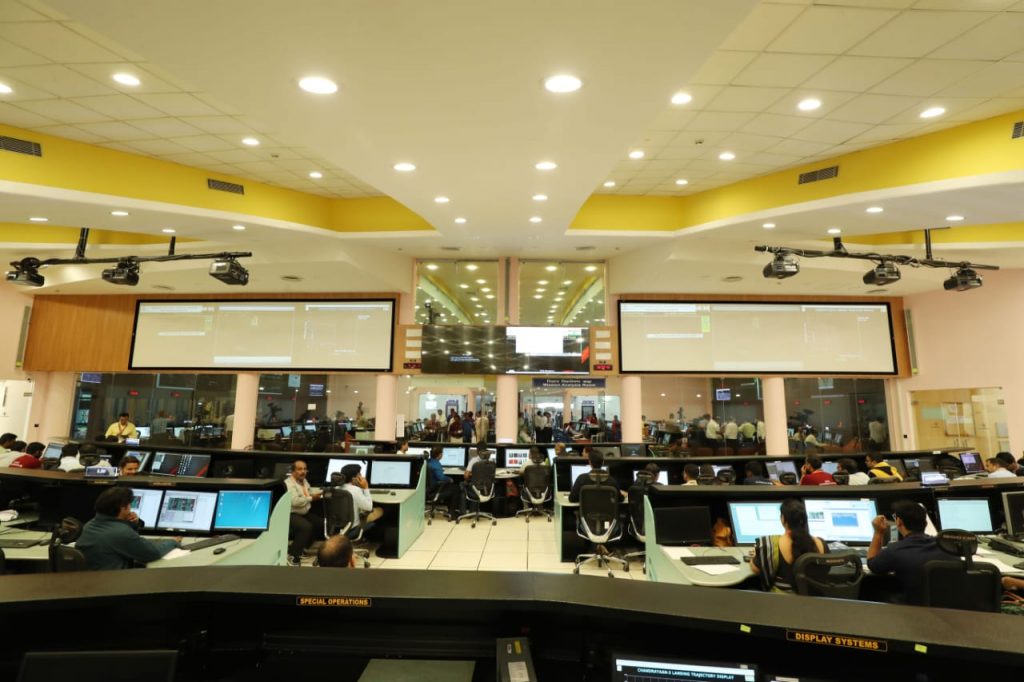
As a thunderous round of applause resonated through the control room, scientists wasted no time and swiftly shifted their focus to the next crucial phase of the lunar mission – releasing the Pragyan Rover from the lander. With six aluminium wheels in motion, Pragyan embarked on its exploration of the lunar terrain, covering a mere centimetre per minute. ISRO Chairman S. Somanath expressed his optimism, stating, “We achieved most of the nominal conditions required for the landing, including the velocity of the touchdown. The velocity was less than 2 meters per second, giving us confidence in the health of Pragyan. We are looking forward to the next 14 exciting days.”
The significance of these 14 days lies in the lunar day-night cycle, where sunlight falls on the moon’s surface for two weeks, before a prolonged 14-day period of darkness and plummeting temperatures down to -150 degrees Celsius ensues. During this lunar night, Pragyan remained dormant, awaiting the return of sunlight when ISRO would attempt to reactivate it. Although the space agency has not received signals from the Vikram Lander thus far, it remains steadfast in its mission to re-establish communication during the lunar day.
ISRO has unveiled a preliminary analysis of lunar surface composition. Their findings indicated the presence of various elements, including aluminium, iron, calcium, chromium, and titanium. Further measurements identified the existence of manganese, silicon, and oxygen, deepening the intrigue surrounding the moon’s geological makeup. ISRO’s quest for knowledge also involves a meticulous investigation into the possible presence of hydrogen on the lunar surface.
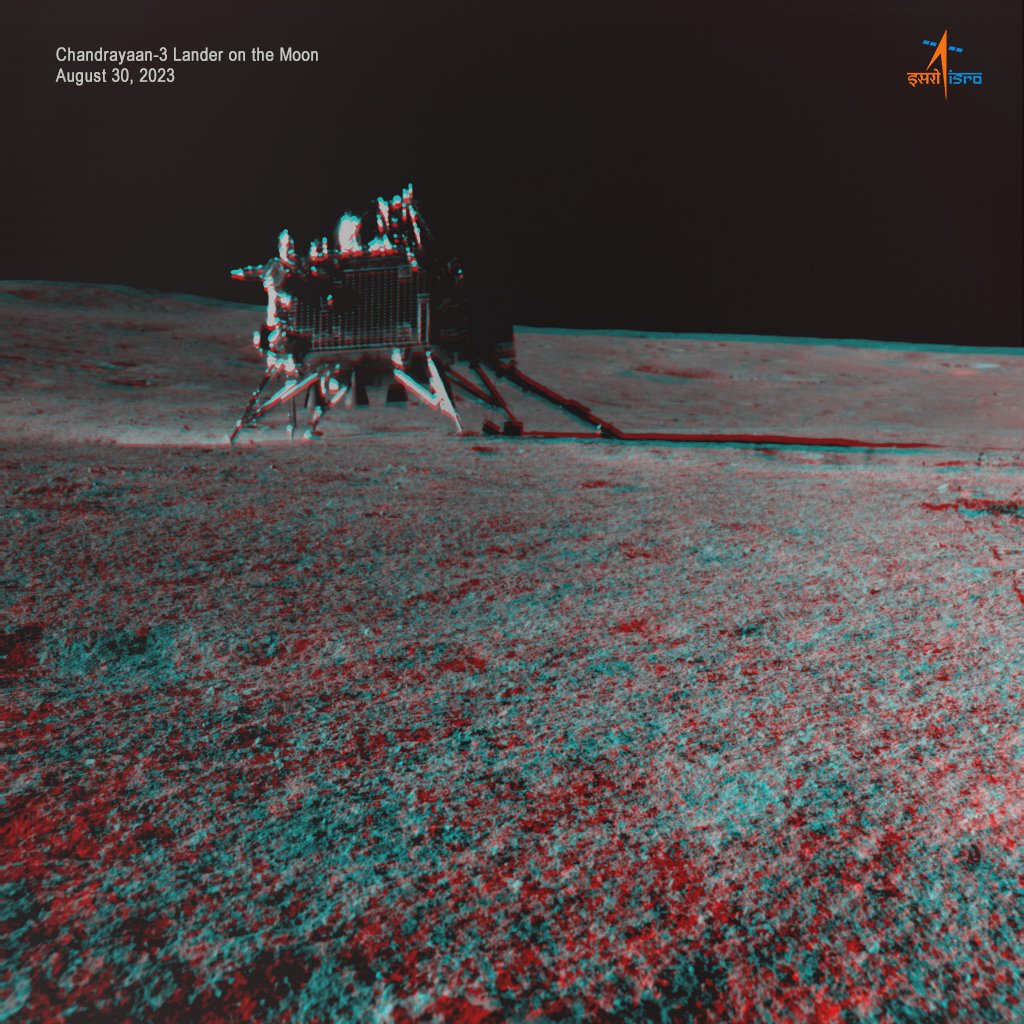
During its 10-day lunar exploration phase, Chandrayaan 3 completed most of its planned tasks, marking a significant achievement. However, the mission faced a unique challenge — the embossed Indian national emblem and ISRO logo on Pragyan Rover’s rear wheel failed to yield clear lunar surface imprints due to the moon’s unexpectedly lumpy and uneven terrain. Despite this setback, Somanath confirmed that the imprints were successfully made, and efforts are underway to enhance and release the images.
These imprints, much like John Donne’s metaphysical conceits, seek to bridge the gap between worlds, making the intangible – tangible. This intriguing lunar puzzle surrounding the Pragyan rover’s wheel imprints not only highlights the mission’s unique challenges but also offers valuable insights into the distinctive characteristics of the lunar soil in the South Pole region, further fueling the collective fire of space exploration.

